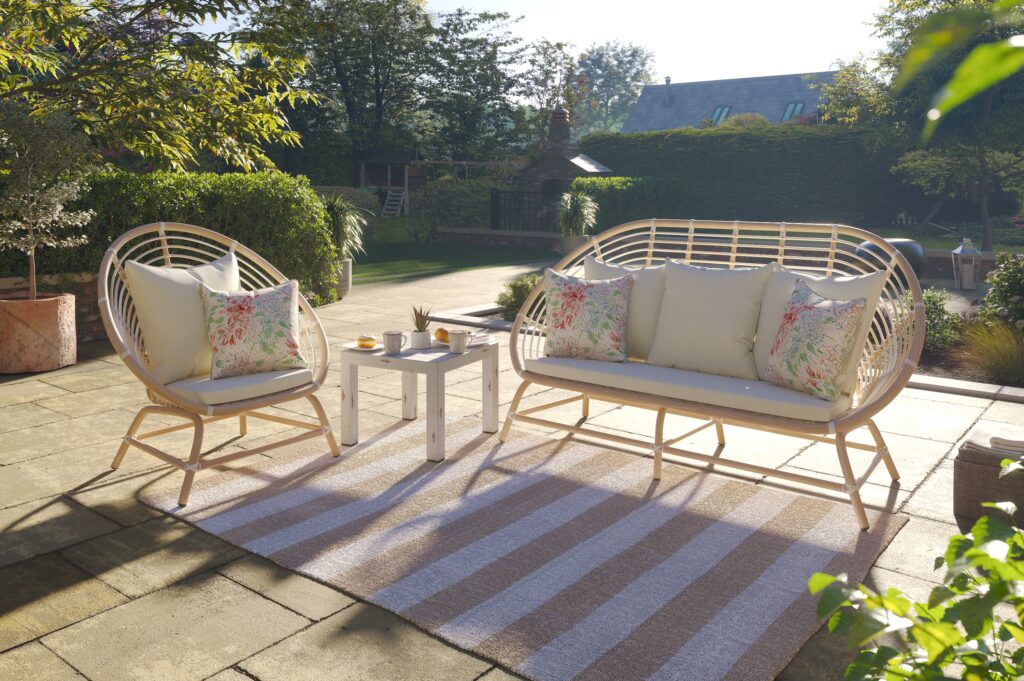Evaluating the Real Value of Furniture: Price vs. Long-Term Benefits
When shopping for furniture, it’s essential to look beyond the price tag and consider the long-term value of your purchase.
In this article, we’ll discuss how to assess the true cost of furniture, taking into account factors like longevity, usage, and return on investment, to make informed decisions that align with your budget and lifestyle.

Longevity and Durability
The durability of furniture significantly impacts its long-term value. Here’s how to evaluate this aspect:
- Material Quality: Furniture made from high-quality materials is likely to last longer. Solid wood, genuine leather, and well-constructed frames are indicators of durability.
- Craftsmanship: Pay attention to the craftsmanship and construction methods used. Quality joinery, reinforced corners, and attention to detail contribute to a longer lifespan.
- Brand Reputation: Well-established brands often produce more durable furniture, as they have a reputation to uphold.
Lifestyle and Usage
Consider your lifestyle and how you plan to use the furniture:
- Family Size: If you have a large family or expect frequent guests, invest in durable, stain-resistant upholstery and furniture that can withstand heavy use.
- Pets: For households with pets, choose fabrics that are pet-friendly and easy to clean. Scratch-resistant materials for furniture can also be a wise choice.
- Multifunctionality: Opt for versatile pieces that can serve multiple purposes. For example, a sofa bed can be both a comfortable seating option and a guest bed.
Maintenance and Care
The ongoing maintenance and care required for furniture should factor into your evaluation of its true cost:
- Cleaning: Consider how easy or challenging it will be to clean and maintain the furniture. Some materials may require more care than others.
- Repairs: Assess whether the furniture can be repaired or refurbished if needed, which can extend its lifespan.
- Warranty: Check the warranty provided by the manufacturer. A strong warranty can provide peace of mind regarding maintenance and repairs.
Resale Value
While it may not be a primary concern, considering the potential resale value of your furniture is worthwhile:
- Classic Styles: Timeless and classic furniture styles tend to hold their value better than trendy or overly niche designs.
- Condition: Well-maintained furniture in good condition is more likely to fetch a reasonable resale price.
Return on Investment (ROI)
Assessing the return on investment is a valuable way to evaluate the true cost of furniture:
- Usage Frequency: Calculate the cost of your furniture based on how frequently you’ll use it. A sofa used daily provides more value per use than an occasional decorative piece.
- Longevity: Estimate how many years you expect the furniture to last and divide the purchase price by the number of years. This provides a cost per year, helping you evaluate its value over time.
- Versatility: Consider how versatile the furniture is in terms of different rooms or purposes it can serve. Versatile pieces can provide a higher ROI.
In conclusion, evaluating the real value of furniture goes beyond the initial price tag. By assessing factors such as longevity, usage, maintenance, potential resale value, and return on investment, you can make informed decisions that align with your budget and lifestyle. Investing in quality and durability can lead to furniture that not only serves your immediate needs but also proves to be a wise and valuable choice in the long run.